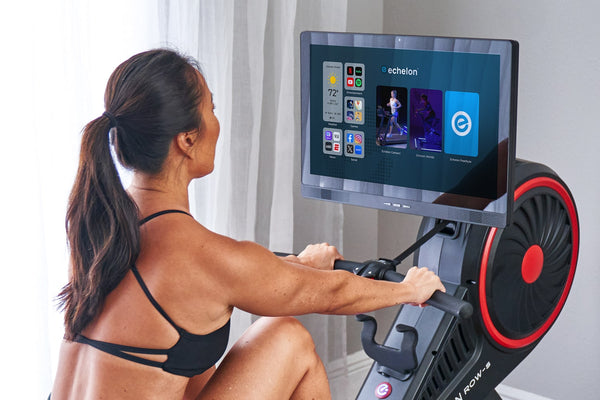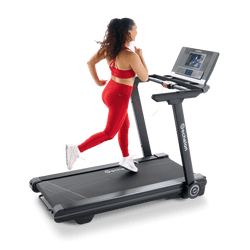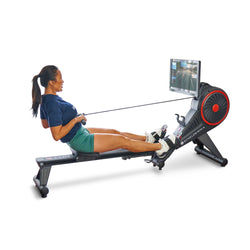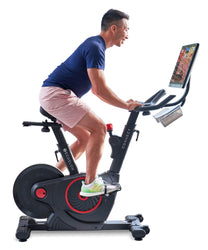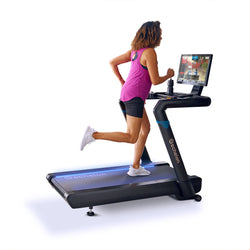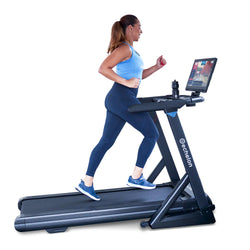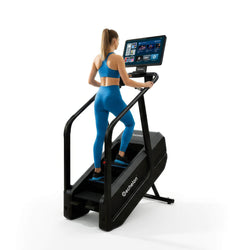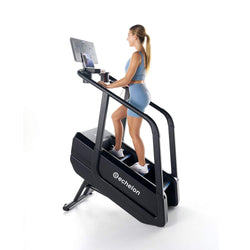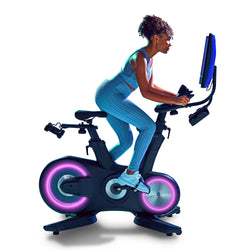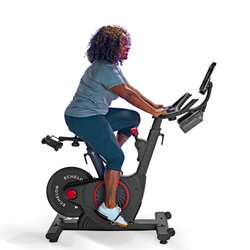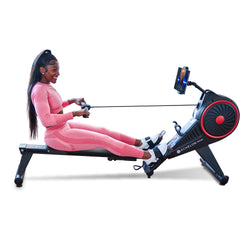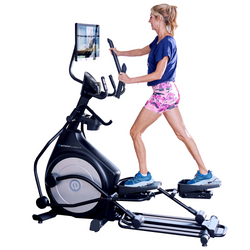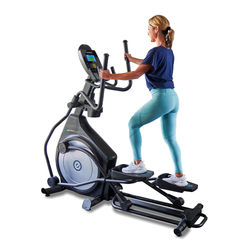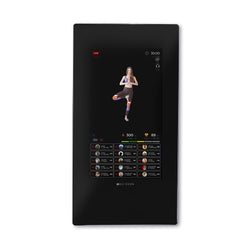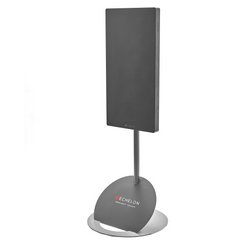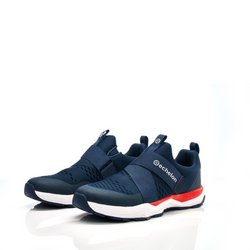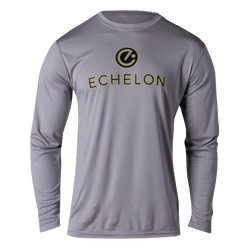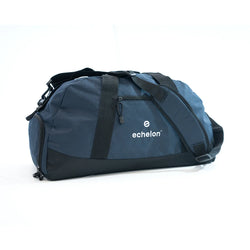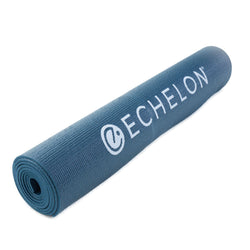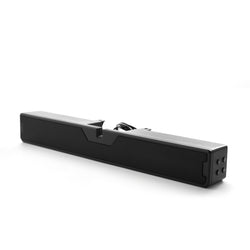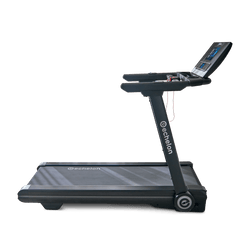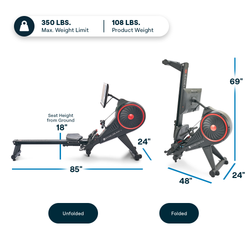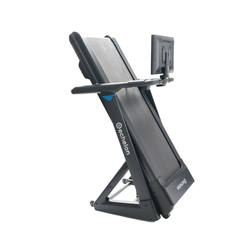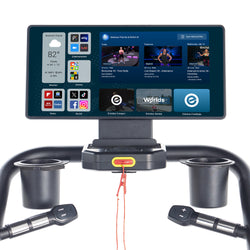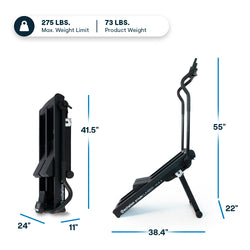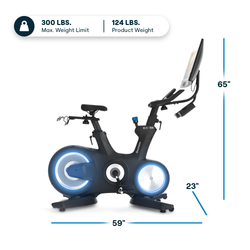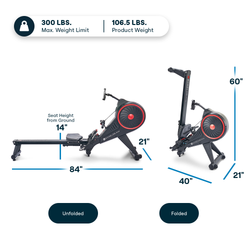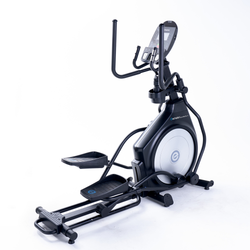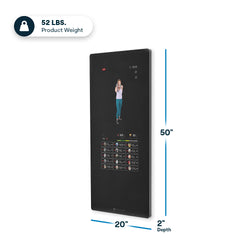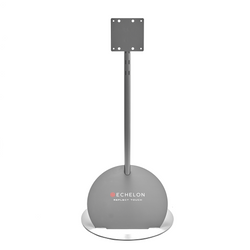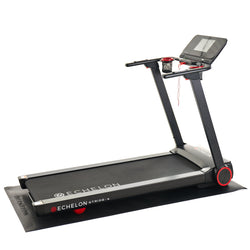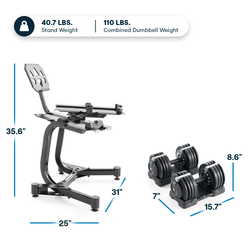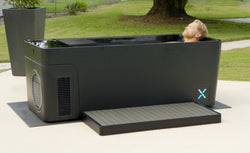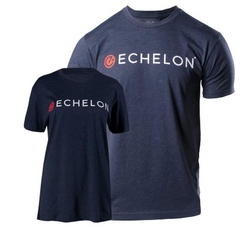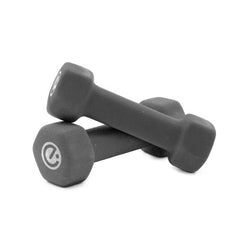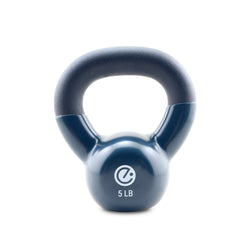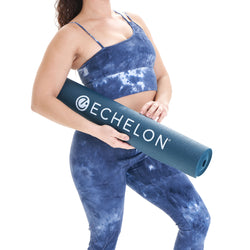Embrace the Versatility of Rowing

When we think of exercise, our thoughts may lead us to running, biking, swimming, or strength training. Now it is time to add rowing to that list because rowing may be the low-impact total-body workout experience you have been looking for.
According to U.S. News & World Report, working out on a rowing machine provides five key benefits:
-
Provides versatility
-
Offers a full-body workout
-
Torches calories
-
Delivers low-impact movement
-
Supports scalability
Embrace the Versatility with a Total-Body Workout
Whether we’re in the mood for a higher-intensity workout or one at a more moderate or lower level, rowing has us covered. Rowing machines allow us the versatility to engage in high-intensity interval training (HIIT) workouts, and are also ideal for more endurance-type training. Says D.R. Ebner, a physical therapist with the Ohio State University Wexner Medical Center in Columbus, Ohio, “It’s pretty open to a large variety of people. You can get a wide variety of people of different ages and sizes doing it” because it offers so many different workout levels in a zero-impact format.
Rowing and HIIT are two of the most effective forms of exercise, and combining them can be a great full-body workout. HIIT workouts are performed easily on a rowing machine because we are in control of the resistance we use throughout our workout. And because HIIT is an intense calorie-burner in a short amount of time, it is the ideal choice for those of us wanting to reduce the time we spent working out but not compromising end results.

Echelon Band Ambassador @mommygonehealthy, Amber, has experienced the impact of rowing workouts. After adding a rower to her training, Amber says she can “feel myself gaining some serious strength and endurance.”
Contrary to what many of us may think, rowing does not just work our upper bodies. Our cores and lower bodies benefit too, as the action of rowing originates from our glutes and cores. Ebner notes that while movements like push-ups and bench presses work the push motion, “rowing works the pull, which can balance out that muscle development” for better overall training and reduced injury risk.
Rowing Sheds Calories, Avoids Joint Stress, and Allows for Personalized Workouts
The number of calories we’ll actually burn during a rowing workout largely depends on the intensity of the workout and how much we weigh.
But to help us get a better idea of what we can expect, Harvard Medical School provides some estimates. In a report published by Harvard Health Publishing, a 125-pound person rowing for 30 minutes, on a stationery rowing machine and at a moderate intensity, will burn approximately 210 calories. A 155-pound person, about 260 calories and a 185-pound person, around 311 calories in the same 30 minutes at a moderate intensity.
In addition, rowing is a non-weight-bearing, low-impact workout, meaning it’s a great option for people with certain joint issues that makes it more difficult to perform such high-impact exercising like running. And rowing is scalable, meaning we can personalize our workouts to meet our individual needs and goals. From choosing our level of resistance to selecting specific programs, rowing is the ideal exercise for those of us who want to take charge of our workouts.
The American Council on Exercise notes that “rowing recruits many muscle groups and can provide a total-body, cardiovascular, muscle-building workout that you should consider adding to your weekly exercise routine.” And the fact that rowing is also impact-free and non-weight-bearing, this makes rowing workouts even more appealing.
Add Rowing to Your Fitness Routine
From building endurance to gaining muscle and torching calories, a rower provides a great workout for any fitness goal while staying low-impact. No matter where you are in your fitness journey, a rower can help get you where you want to go.
Now that you understand the how versatile a rowing workout can be, we suggest checking out Echelon’s rowers and experience the total-body workout that keeps us moving and connected.
